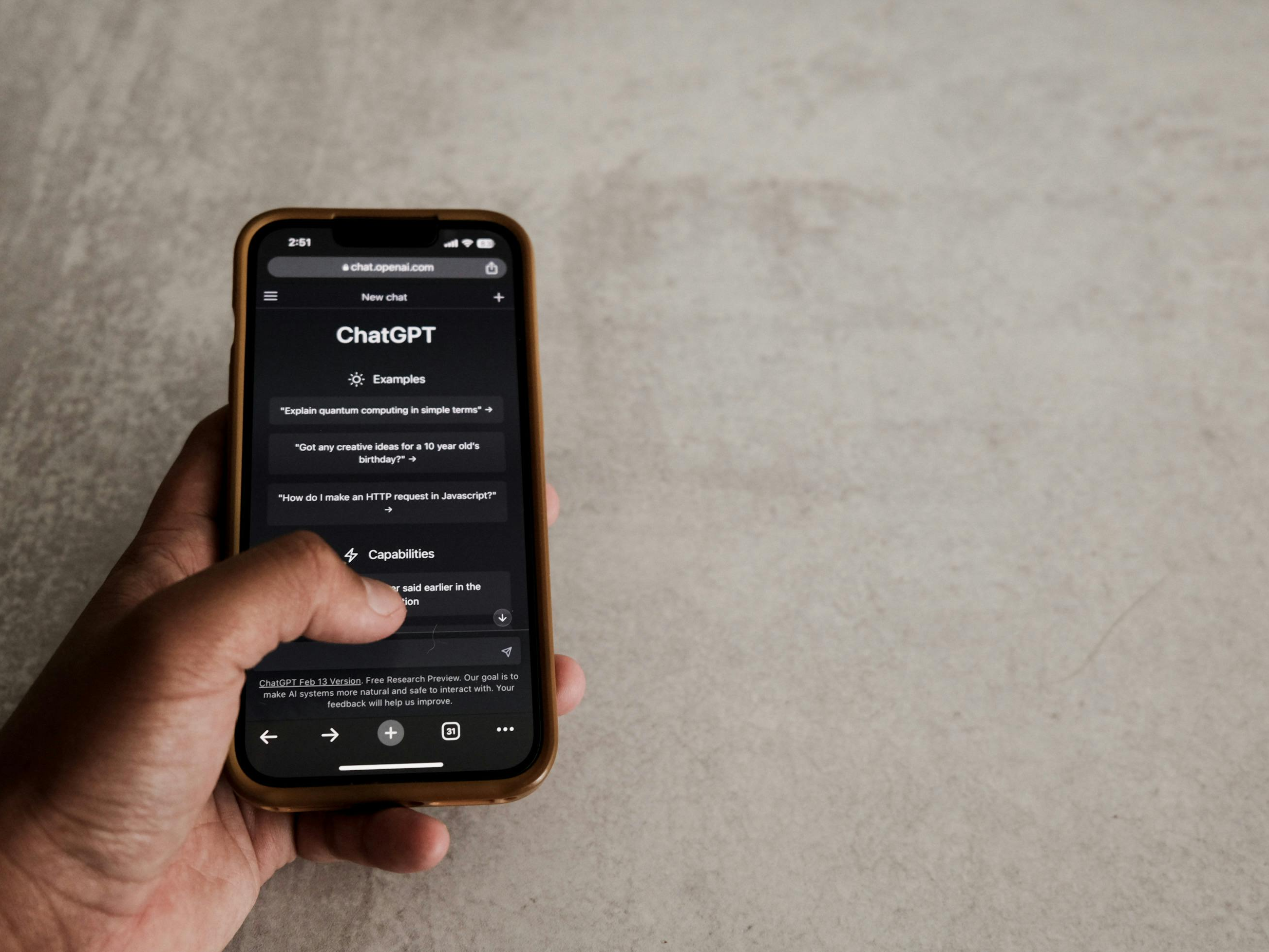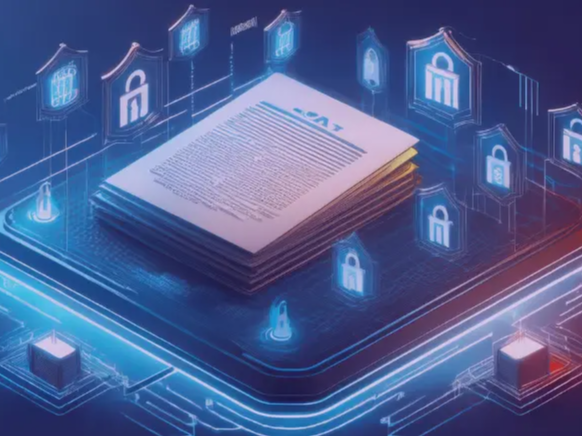Slow Perception is a new visual perception concept introduced by the Stepping Multimodal Team. It allows models to perceive complex geometric shapes more precisely, in a way similar to humans, by breaking them down step by step and through flowing processes. In experiments, researchers constructed 200,000 synthetic geometric shape data samples for training and collected 480 real geometric shapes from an exam for validation and testing. The results showed that Slow Perception significantly improved the model's geometric analysis ability, with the F1 score increasing by 6%. Slow Perception demonstrated a pattern of extended reasoning time: the shorter the perceptual ruler, the finer the model's perception of a line segment, and the longer the reasoning time.
What is Slow Perception?
Slow Perception is a new visual perception concept introduced by the Stepping Multimodal Team. It enables the model to perceive complex geometric shapes in a more refined way, like humans, through gradual decomposition and flow processes.
How Slow Perception Works?
The working principle of Slow Perception mainly includes two core stages: Perception Decomposition and Perception Flow.
Perception Decomposition: This breaks down complex geometric shapes into basic shape units such as line segments, circles, etc. By doing this, complex geometric shapes are simplified into basic point-line combinations, unifying geometric representations and avoiding multi-modal optimization problems. For instance, a polygon can be decomposed into several line segments, and the model only needs to predict these segments sequentially.
Perception Flow: This process is inspired by how humans use a ruler to trace lines. The model uses a virtual "Perceptual Ruler" to gradually trace lines, breaking longer segments into multiple short jumps, similar to how humans pause and adjust when drawing lines. Specifically, the model starts from the beginning of a line segment and moves gradually toward the endpoint, with each move not exceeding the length of the perceptual ruler. The shorter the perceptual ruler, the finer the model's perception of the line segment, and the longer the reasoning time.
Main Applications of Slow Perception
Autonomous Driving: Slow Perception introduces causal relationship analysis and dynamic reasoning networks (DRN), allowing models to recognize objects, understand their spatial relationships, and interactions.
Medical Imaging Diagnosis: Slow Perception integrates contextual awareness mechanisms to help models consider more background information when processing images, leading to more accurate judgments.
Intelligent Security: Slow Perception incorporates attention mechanisms to help models focus on critical areas in complex scenarios, ignoring irrelevant information, and improving processing efficiency and accuracy.
Education: Slow Perception helps students better understand and master the construction and properties of geometric shapes. By decomposing complex shapes into basic units, students can build up their understanding gradually, enhancing learning efficiency and depth of comprehension.
Architectural Design: By breaking down complex building structures into basic geometric units, designers can conduct design and modifications more flexibly and efficiently. Slow Perception can also combine virtual reality and augmented reality technologies to offer intuitive 3D model displays and interactive experiences.
Art Creation: In painting, artists can use Slow Perception to gradually construct the composition and color of the artwork, achieving more refined and rich artistic expression. In sculpture, artists can use it to precisely perceive and shape the sculpture's form and texture, creating a more vivid and three-dimensional artistic effect.
Computer Vision: Slow Perception provides a new visual perception approach, offering new ideas and methods for solving complex visual tasks. By breaking down complex visual tasks into basic perceptual units, researchers can explore and analyze the processing and understanding of visual information in greater depth and detail.
Challenges Facing Slow Perception
Balancing Computational Resources and Efficiency: Slow Perception increases computational costs by deepening the processing of visual information. This leads to significant computational costs, especially when handling large datasets or real-time applications.
Cross-modal Fusion Challenges: Multimodal models need to process data from various sources, such as images, text, and audio. Since the data has different features and expressions, integrating and processing them effectively remains an unresolved issue. Slow Perception requires the development of more advanced cross-modal fusion technologies to fully leverage the advantages of each modality.
Scalability and Adaptability: As application scenarios diversify and technical requirements increase, existing model architectures need to adapt to rapidly changing demands.
Interpretability and Transparency: With the widespread application of AI technology, the issue of model interpretability is gaining increasing attention. Although Slow Perception shows outstanding reasoning ability and accuracy, in some complex scenarios, the decision-making process is still difficult to fully understand. To enhance system transparency and credibility, research on interpretability needs to be actively pursued.
Data Labeling and Acquisition: Training and optimizing Slow Perception technology requires large amounts of labeled data. High-quality labeled data is costly to acquire and time-consuming. Especially in tasks like geometric shape analysis, precise labeling requires professional knowledge, limiting the scale and diversity of datasets.
Real-time Performance and Response Speed: In real-time applications like autonomous driving and intelligent security, Slow Perception needs to ensure rapid responses while maintaining accuracy.
Generalization and Transferability: While Slow Perception excels in specific tasks like geometric shape analysis, its applicability and transferability to broader tasks still need verification.
Future Prospects of Slow Perception
Slow Perception, as an emerging visual perception technology, has broad and promising prospects. It provides a new approach to solving complex visual reasoning problems. Slow Perception technology has demonstrated significant potential in various fields. In autonomous driving, it can more accurately identify and understand objects and spatial relationships in traffic scenes, improving driving safety. In medical imaging diagnosis, it can help doctors identify lesions more accurately, reducing misdiagnosis rates. In fields like intelligent security, education, and architectural design, Slow Perception also shows wide application potential. With continued technological development, Slow Perception is expected to expand into more complex visual tasks. In the future, it may drive the development of multimodal AI and play a critical role in broader visual tasks, providing stronger perceptual support for intelligent systems.








